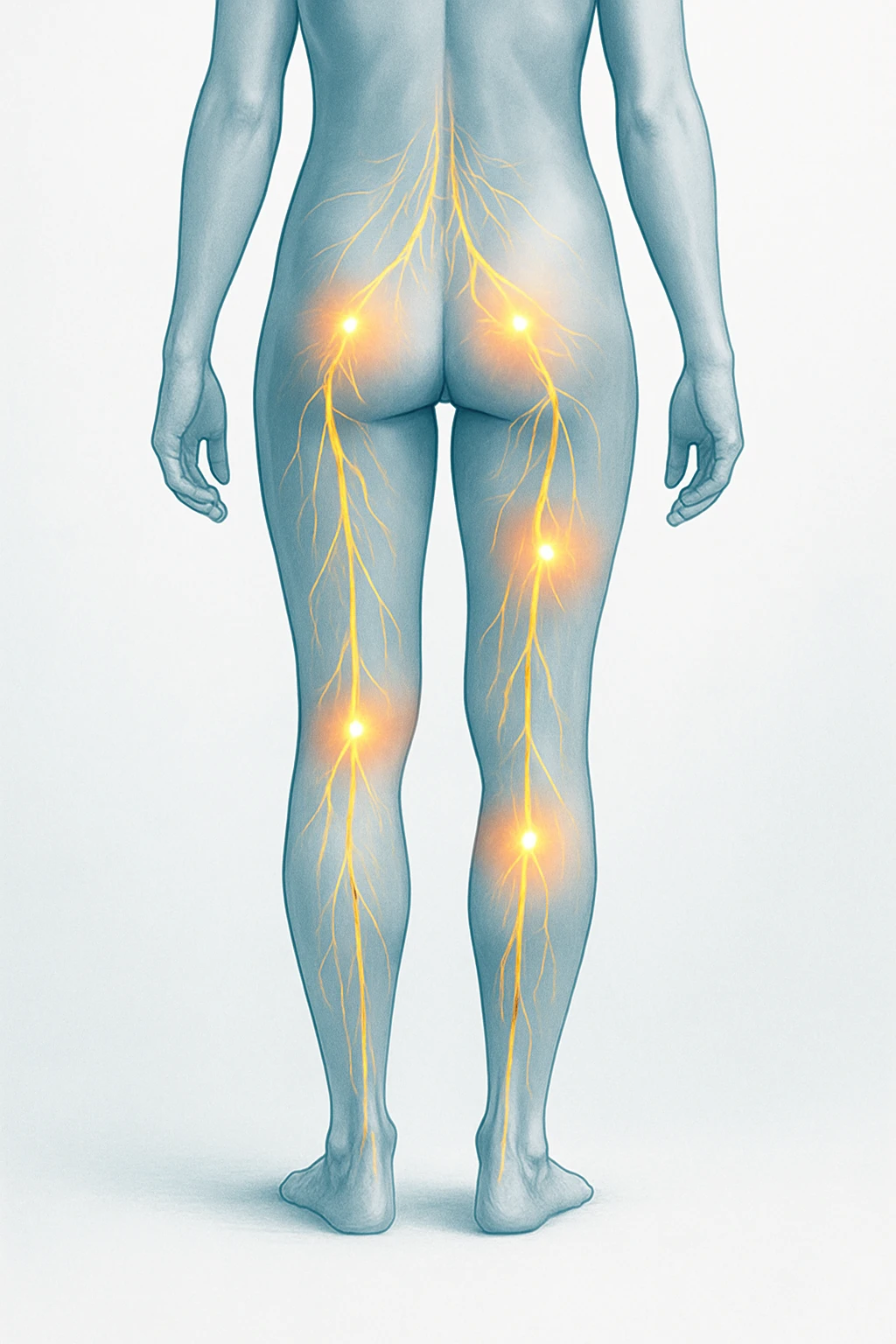Burning in Chest: Differentiating Between Common and Serious Causes
Introduction to Burning Chest Pain
Burning chest pain is a commonly experienced symptom, but it can be both concerning and complex to diagnose. While it is often associated with gastroesophageal reflux disease (GERD), it can also stem from various other conditions, including:
- Pleuritic chest pain
- Neurological disorders
Proper diagnosis is crucial as the underlying causes range from non-serious to potentially life-threatening conditions. Differentiating these causes allows for more effective treatment and management, ensuring the best outcomes for patients.
the Causes of Burning Chest Pain
Gastroesophageal Reflux Disease (GERD)
Gastroesophageal reflux disease (GERD) is a common cause of burning chest pain, often mimicking the symptoms of a heart attack. GERD occurs when stomach acid backs up into the esophagus, leading to a burning sensation in the chest, commonly known as heartburn. This condition can cause discomfort behind the breastbone, typically after eating, and is often accompanied by regurgitation, difficulty swallowing, or a sour taste in the mouth. The chest pain associated with GERD can be severe and is often mistaken for cardiac pain, making accurate diagnosis crucial.
Pleuritic Chest Pain
Pleuritic chest pain is another condition that can present as burning pain. It is characterized by sharp, stabbing pain that worsens with breathing or coughing. This type of pain occurs due to inflammation of the pleura, the lining around the lungs, and can be caused by conditions such as pulmonary embolism, pneumonia, or pericarditis. The pain is typically localized and can be aggravated by deep breathing, making it different from GERD, which is more constant and related to digestion. The differentiation between pleuritic chest pain and burning chest pain is essential for appropriate treatment and management.
Neurological Causes
Neurological conditions, such as migraines or multiple sclerosis, can also result in chest pain that mimics cardiac causes. This type of chest pain is often described as burning or tightness and may be linked to nerve dysfunction or inflammation. For instance, a migraine can cause referred pain to the chest, while multiple sclerosis may involve demyelination of nerves, leading to unusual sensations, including burning pain in the chest. These conditions typically require imaging and careful clinical evaluation to distinguish them from other causes of chest pain.
Differentiating Burning Chest Pain from Cardiac Conditions
Cardiac vs. Non-Cardiac Chest Pain
Chest pain can be indicative of a wide range of conditions, including both cardiac and non-cardiac causes. Myocardial infarction (heart attack) is a life-threatening condition that requires immediate attention. However, burning chest pain is more often linked to non-cardiac causes such as gastroesophageal reflux disease (GERD) or pleuritic chest pain. GERD can cause a burning sensation due to acid reflux, often mistaken for cardiac pain due to its similarity in location and intensity. Pleuritic chest pain, typically associated with lung-related conditions, is usually sharp and worsens with deep breathing or coughing, differentiating it from the more persistent and dull pain associated with GERD. Thus, accurate diagnosis is crucial to avoid misidentifying non-cardiac pain as a heart attack.
Role of Imaging and Diagnostic Tools
Imaging and diagnostic tools play a pivotal role in distinguishing between cardiac and non-cardiac causes of burning chest pain. A thorough clinical evaluation often includes chest X-rays, which help rule out lung-related conditions such as pneumonia or pulmonary embolism. Additionally, CT scans may be used to assess conditions like pulmonary embolism or aortic dissection, which could also present with chest pain. An ECG (electrocardiogram) is a critical tool for detecting cardiac issues, such as myocardial infarction, while it also aids in excluding heart-related causes of chest pain. These diagnostic tools, combined with patient history and physical examination, are essential in accurately identifying the underlying cause of chest pain and ensuring appropriate treatment.
Frequently Asked Questions
- What are the most common causes of burning chest pain?
The most common causes include gastroesophageal reflux disease (GERD), pleuritic chest pain, and neurological conditions. GERD is known for causing heartburn and burning pain in the chest, while pleuritic pain arises from lung-related issues like pneumonia. Neurological conditions may also mimic chest pain with sensations like burning.
- How do I distinguish burning chest pain from a heart attack?
Burning chest pain is often linked to non-cardiac causes such as GERD or pleuritic pain. Unlike heart attack pain, which is typically sharp and sudden, burning chest pain may persist or worsen after eating or with changes in posture. Immediate medical attention is required to rule out a heart attack.
- Is burning chest pain dangerous?
While burning chest pain is often related to non-serious conditions, it can sometimes signal a serious issue. If the pain is sudden, severe, or accompanied by symptoms like shortness of breath, dizziness, or sweating, seek immediate medical attention to rule out a heart attack or other life-threatening conditions.
- What treatments are available for burning chest pain caused by GERD?
Treatment for GERD-related chest pain typically involves lifestyle changes, such as avoiding trigger foods, eating smaller meals, and not lying down after eating. Medications like antacids or proton pump inhibitors (PPIs) can help reduce stomach acid and alleviate symptoms.
- Can anxiety cause burning chest pain?
Anxiety and stress can lead to chest tightness or discomfort, which may feel similar to burning chest pain. It is important to differentiate between anxiety-induced pain and other potential causes like GERD or heart disease. Consulting a doctor for a proper diagnosis is recommended.













